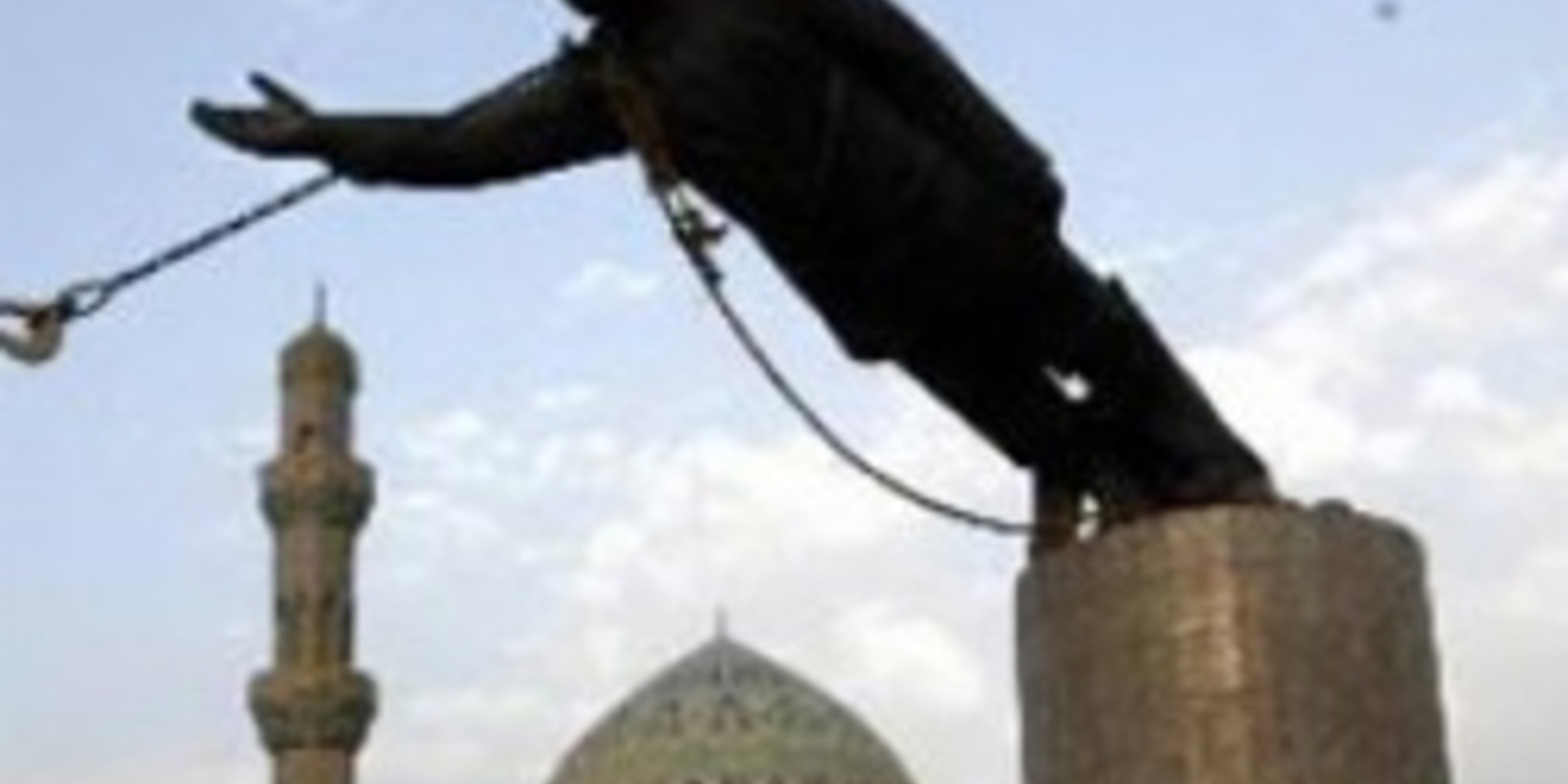
• A.H. 33. Focusing on foreign policy, the United States faces ongoing economic, political, military, and social challenges in the post-Cold War era and following the attacks of September 11, 2001.
• M.W.H. 19. Religious diversity, the end of colonial rule, and rising nationalism have led to regional conflicts in the Middle East.
• C.W.I. 17. Economic, political, and social differences between global entities can lead to conflict unless mitigated through diplomacy or cooperative efforts.
This lesson plan focuses on the United States government and their reasoning for the 2003 Invasion of Iraq. The Origins article chosen for this lesson is an article that details political relations between the United States and Iraqi governments that began over a century ago. The article details American involvement in the Middle East beginning with Christian missionaries following the arrival of oil companies in the early 20th century. The article continues to detail the United States government increasing their influence in the region through economic and military control which ultimately leads to the 2003 Invasion of Iraq. Focusing on the United States government invading Iraq is crucial because this topic is told in manner that supports the military and government’s action for the conflict. This lesson plan introduces multiple perspectives to the topic which brings awareness towards the government’s wrongful doings that many Americans, and allies of the United States, felt towards invading Iraq in 2003. Prior to this lesson, the students will have already read the Origins article because it constructs historical content that will enable them to continue understanding more in-depth information pertaining to relations between the United States and Iraqi governments.
For this lesson, students will complete a document-based question activity in small groups. Students will work collaboratively to read two primary source documents while answering corresponding questions. Following this activity, the teacher will assess their learning with a check for understanding. Once completed with the assessment, the students will continue with the document-based question activity by reading two additional primary source documents with corresponding questions. After students have finished the analysis activity, they will participate in a Take a Stand where students stand on one half of the room or the other to indicate their responses. The students will then explain their reasoning to invoke discussion and all responses must be supported by content, evidence from the primary source documents, and prior knowledge from the Origins article. Lastly, the students will submit their graphic organizers used during the lesson as their exit ticket.
Instructional Strategies:
• DBQ Activity
• Synthesis Discussion
